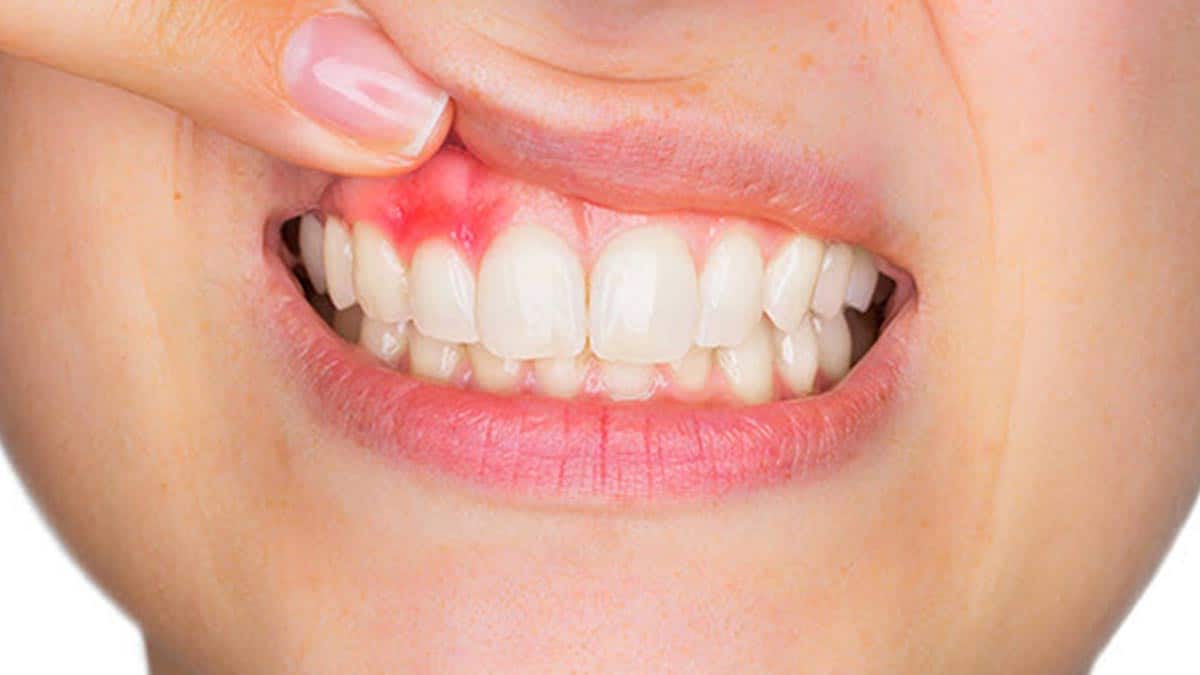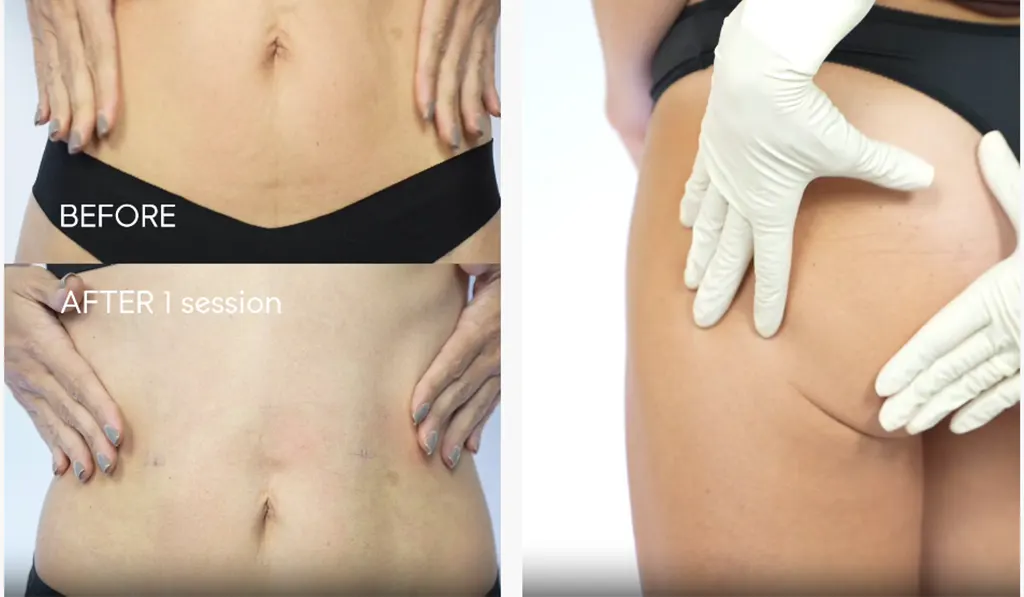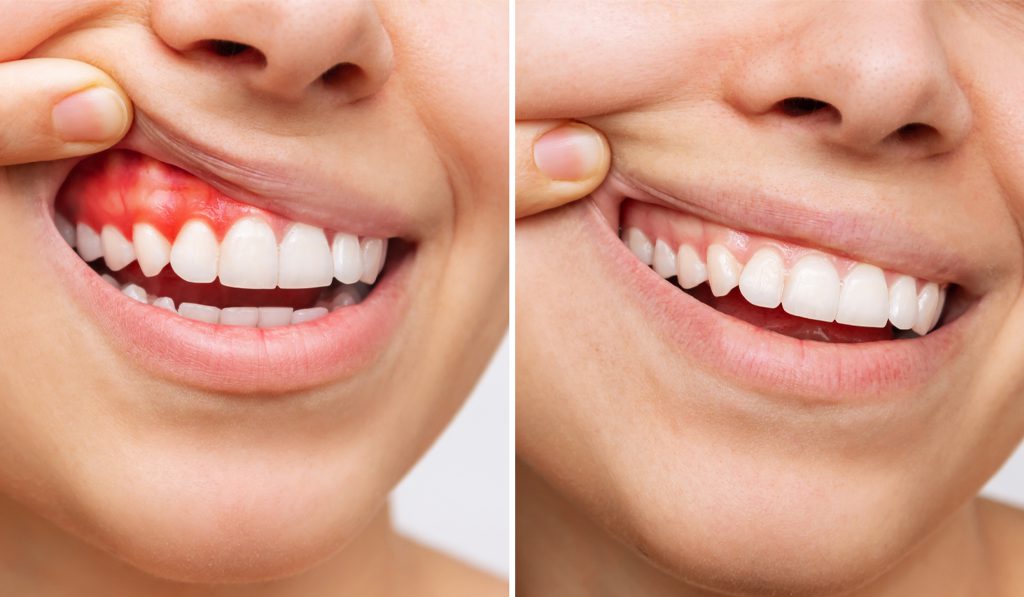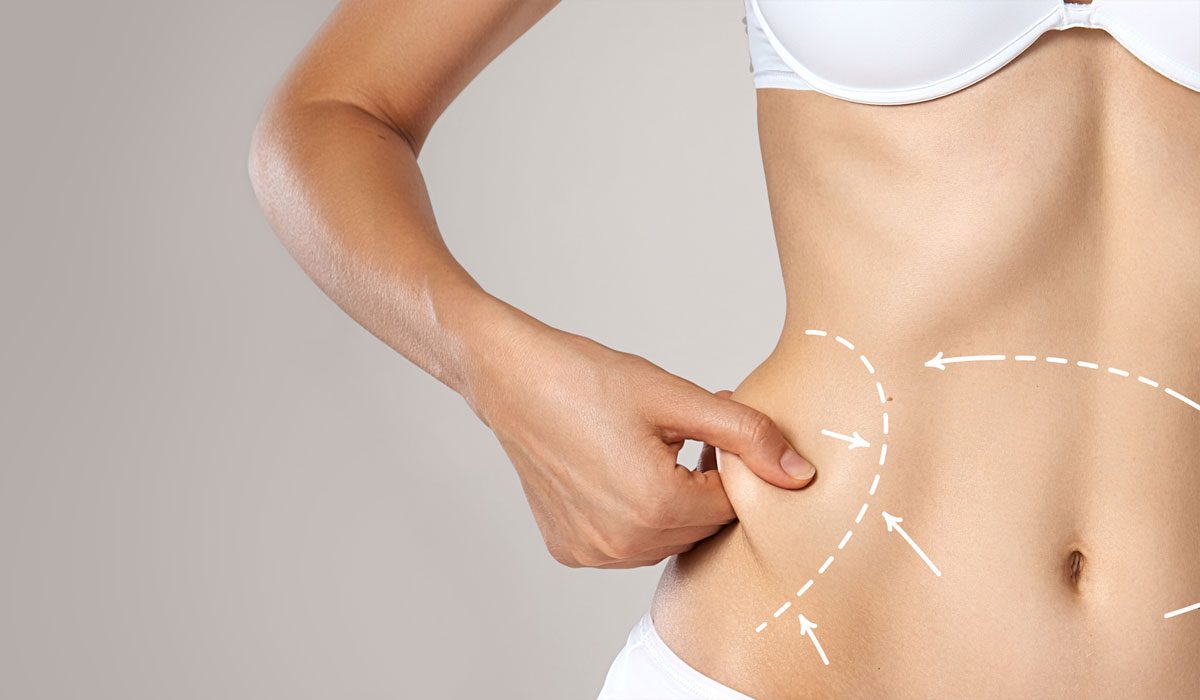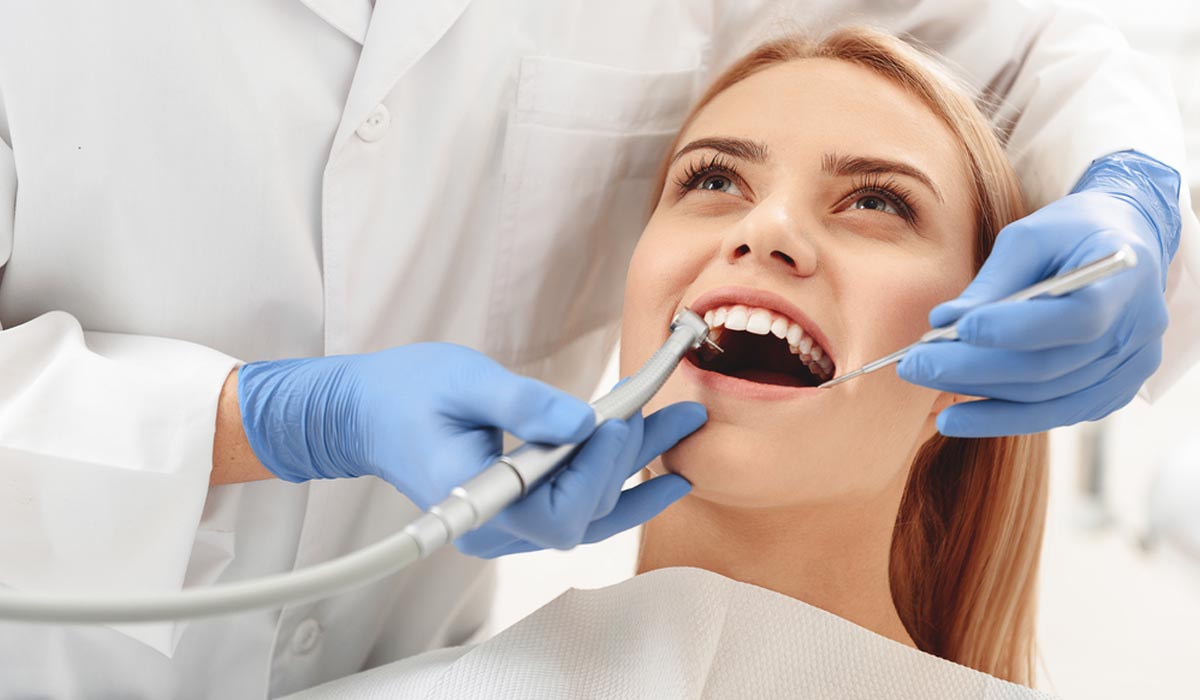Receding Gums Causes and Treatment
Many people have the misconception that as long as they are brushing their teeth, they are maintaining proper oral health. Unbeknown to them, they couldn’t be any more wrong. Oral health is a much wider concept that goes way beyond just your teeth. When you ignore the other areas of your oral health, you are inadvertently allowing your entire oral health to get affected. One such issue that can have serious repercussions is that of receding gums, which is what we are going to take a closer look into.
Understanding Receding Gums from Its Core
To understand receding gums, you first need to have a clear idea about the structure and functionality of gums.
Your gums or gingiva are highly sensitive and are made of pink tissues in your mouth that meet the base of your teeth. These tissues are extremely dense and have a fair supply of blood vessels underneath a mucous membrane, which essentially means a moist surface. Since gums are tightly attached to your jawbone, they cover each tooth to the neck. This means that gums are responsible for covering the roots of your teeth, and thereby, protecting them.
Let’s now try and understand what happens to your gums when they start receding.
What are Receding Gums?
Receding gums are a type of gum (periodontal) disease wherein your gums pull themselves back from the tooth surface. Generally, the process of receding starts after you lose tissue(s) in your gum. This medical condition results in the root surfaces of your teeth getting exposed to bacteria and plaque. The chances of tooth decay increase and if not treated in due time, you may even experience tooth loss due to this disease. The earlier you get diagnosed, the easier the recovery process will be. Therefore, if you are facing any gum related issues, book an appointment with a dental clinic as soon as possible.
So, you must be wondering about the signs you should look for that will help you understand that you are suffering from receding gums. Well, this brings us to our next section – receding gums symptoms.
Receding Gums Symptoms
First of all, let us remind you that you need to have dental check-ups every six months. Kids need to regularly visit dentist from the small age. This will make sure all the aspects of your oral health are being taken care of. Meanwhile, some self-checking may help you spot the early signs and symptoms of receding gums. They are as follows:
Exposed Root

This is probably the most identifiable and obvious symptom of receding gums. When your roots are exposed, you will feel extremely uncomfortable and the entire area will be highly sensitive.
Tooth Loss
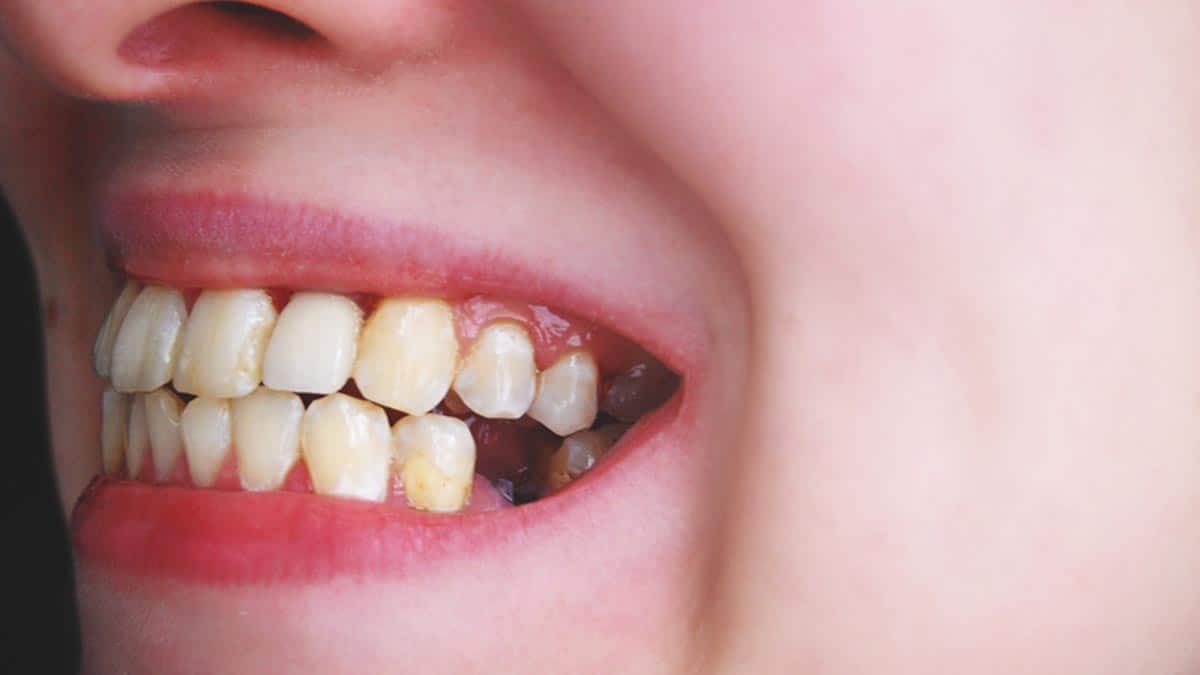
When you experience tooth loss, more often than none, it implies that you are suffering from receding gums. This is generated due to the bacteria and the attack of the periodontal disease beneath the gum around your teeth. Due to the loss of attachment structure, your gum pockets will also deepen more than usual.
Long Teeth
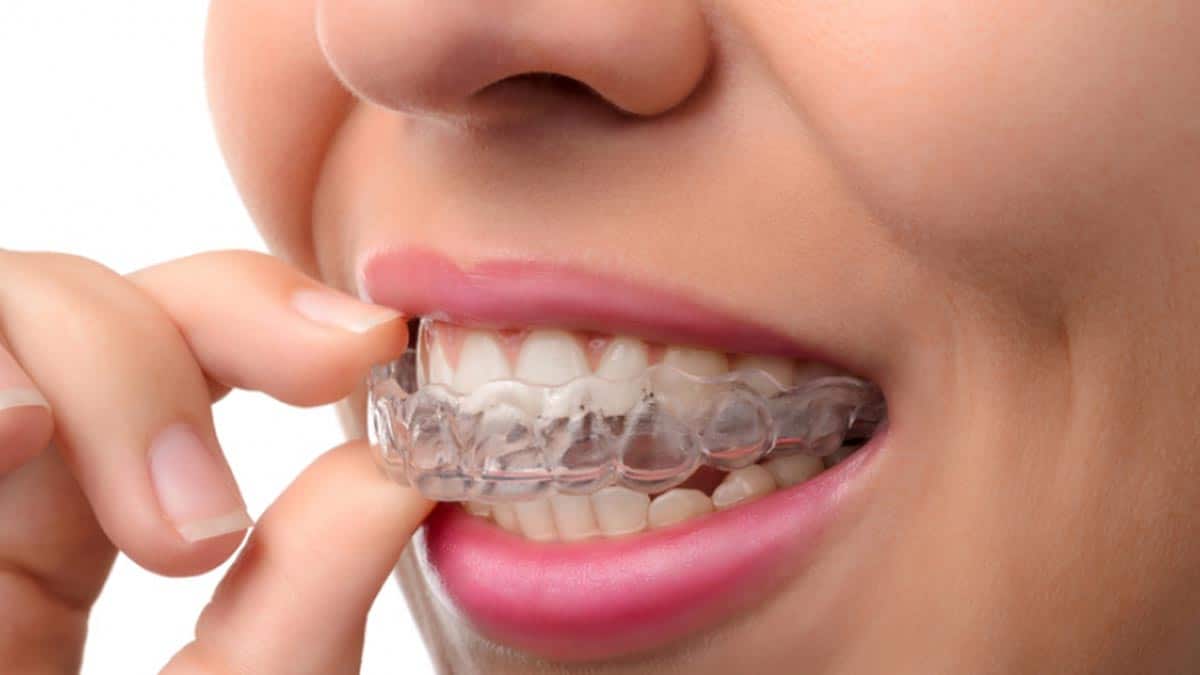
If you find one or more than one of your teeth getting visibly longer compared to others, you should be warned. In reality, your teeth don’t become large. They just appear large due to the receding of your gums.
Now, you must try and understand what causes this dreadful situation. Time to look into the causes of receding gums.
Causes of Receding Gums
A bunch of factors can lead to receding gums. This is why it is necessary to be cautious about your oral health. The following are some of the most common causes:
Aggressive Brushing
Sometimes, to make up for all those times when you didn’t take care of your teeth, you end up overcompensating by aggressive brushing. This can lead to the enamel of your teeth wearing off, ultimately contributing to receding gums.
Tobacco Consumption
Consuming tobacco in any form develops a sticky plaque in your teeth, and can cause your gums to recede.
Genetics
This is one of the most unfortunate causes since it is not entirely dependent on your habits, and is the result of your genes. Some people are just prone to periodontal diseases and they can pass it off to their next generation.
Improper Dental Care
If you are not brushing twice a day or flossing every day or using an antibacterial non-alcoholic mouthwash regularly, you are increasing the chances of the plaque in your mouth to turn into tartar. This can lead the way for your gums to start receding.
Hormonal Changes
If you are a woman, then you will experience major changes in your estrogen levels during puberty, pregnancy, and menopause. During these times, your gums will become highly sensitive and will be more vulnerable to receding gums.
Clenching/Grinding of Teeth
Clenching or grinding your teeth frequently can put too much force on both your teeth and gums and can lead to receding gums.
Uneven Teeth
If you have uneven or misaligned teeth, a lot of force is exerted on your gums and the surrounding bones, which leads to receding gums.
Treatments for Receding Gums
Fortunately, this medical condition can be easily treated in multiple ways. In fact, mild gum recessions don’t even require any treatment. Based on the advice of your dentist, simple preventive measures and regular monitoring will suffice. You need to have special care for your baby’s dental health.
However, those of you who have severe cases of receding gums, can opt for any of the following treatments:
Composite Restoration
In this method, dentists cover up the surface of the tooth root with a tooth-coloured composite resin. Besides, with the help of this method, black gaps between teeth can also be closed.
Removable Gum Veneers
This is one of the trickier treatments and should be performed under the supervision of certified dentists. Herein, silicone or acrylic substances are used to artificially replace the area of the missing gum tissue(s).
Desensitizing Agents
With the help of desensitizing agents or dentin bonding agents or varnishes, the sensitivity of your exposed tooth root can be reduced.
Pink Porcelain or Composite
In this method, the gaps in your gums are filled using porcelain or composite materials that are pink in colour.
Orthodontics
This is a rather long process that involves slowly moving the position of your teeth. This helps in correcting the gum margin as well as in keeping your teeth clean.
Surgery
This is used when the situation is extreme. Through surgery, tissue(s) are taken from the healthy side of your mouth and grafted on the affected area.
Follow Up
Receding gums are extremely painful and can have adverse consequences if not treated early. Many people ignore the symptoms thinking they’ll heal on their own. Unfortunately, they end up hurting their chances of improving. So, if you see the symptoms, go seek proper medical help and maintain healthy oral habits.
References
National Institute of Dental and Craniofacial – Periodontal (Gum) Disease. Available at:
https://www.nidcr.nih.gov/health-info/gum-disease/more-info
Ana Suzy Jati, Laurindo Zanco Furquim, and Alberto Consolaro – PMC – NCBI – Gingival recession: its causes and types, and the importance of orthodontic treatment. Available at:
https://www.ncbi.nlm.nih.gov/pmc/articles/PMC4944726/
Andrew J. McDonagh – Journal of Dental Research – Periodontology, with Special Reference to Recession of the Gums. Available at:
https://journals.sagepub.com/doi/abs/10.1177/00220345190010040301?journalCode=jdrb
Wendy Zukerman – Science Direct – Receding Gums. Available at:
https://www.sciencedirect.com/science/article/abs/pii/S0262407910622221
Adrian U. Yap – ResearchGate – Oral Health Equals Total Health: A Brief Review. Available at:
https://www.researchgate.net/publication/319919543_Oral_Health_Equals_Total_Health_A_Brief_Review

